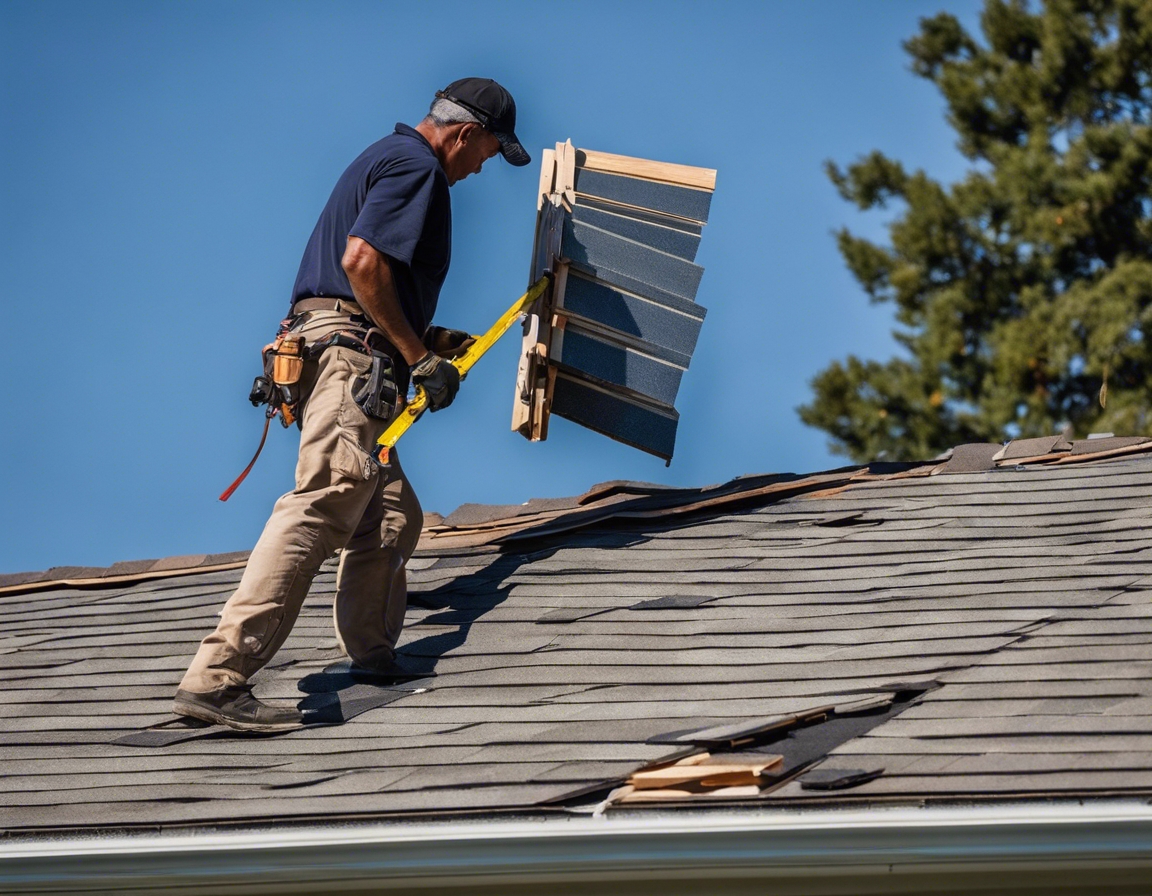5 trends shaping the future of construction
The construction industry is undergoing a significant transformation, driven by evolving demands, new technologies, and a heightened focus on sustainability. As we look to the future, several key trends are emerging that are set to redefine the way we build. In this post, we'll explore five trends that are shaping the future of construction, offering insights for property developers, homeowners, and business owners who are looking to stay ahead of the curve.
1. Sustainable and Green Building Practices
There's a growing emphasis on the use of renewable materials and the implementation of energy-efficient designs in construction. This includes the integration of solar panels, green roofs, and the use of sustainable materials like bamboo and recycled steel. These practices not only reduce the environmental impact of construction projects but also offer long-term cost savings through reduced energy consumption.
Adherence to green certifications such as LEED, BREEAM, or WELL is becoming increasingly important. These standards ensure that buildings are designed and constructed with sustainability in mind, which is a key consideration for our eco-conscious clients.
2. Technological Advancements in Construction
Building Information Modeling (BIM) is revolutionizing the construction industry by providing a digital representation of a building's characteristics. BIM facilitates better planning, design, construction, and management, resulting in increased efficiency and reduced costs.
The adoption of automation and robotics in construction is improving precision and safety while reducing labor costs and construction time. From automated bricklaying to drones for site surveying, technology is enabling more efficient building processes.
3. Modular and Prefabricated Construction
Modular and prefabricated construction methods are gaining traction due to their ability to reduce waste, shorten construction timelines, and improve quality control. These methods are particularly beneficial for projects with repetitive layouts, such as hotels or apartment buildings.
While modular construction offers many advantages, it also presents challenges such as transportation logistics and the need for precise planning. However, the opportunities for innovation and efficiency gains make this a trend to watch.
4. Focus on Health and Well-being
There is an increasing focus on creating spaces that promote the physical and mental well-being of occupants. This includes designing buildings with natural light, improved air quality, and spaces that encourage physical activity.
Smart buildings equipped with IoT devices can monitor and control various aspects of the environment, contributing to the health and comfort of occupants. This integration of technology also allows for better energy management and operational efficiency.
5. Increased Use of Big Data and Analytics
Big data and analytics are playing a crucial role in construction by enabling data-driven decision-making. This allows for more accurate forecasting, resource allocation, and project management, leading to better outcomes and reduced risks.
Predictive analysis tools are being used to anticipate potential issues and optimize maintenance schedules. This proactive approach to risk management can save time and money while ensuring the longevity and reliability of construction projects.






Comments (0)